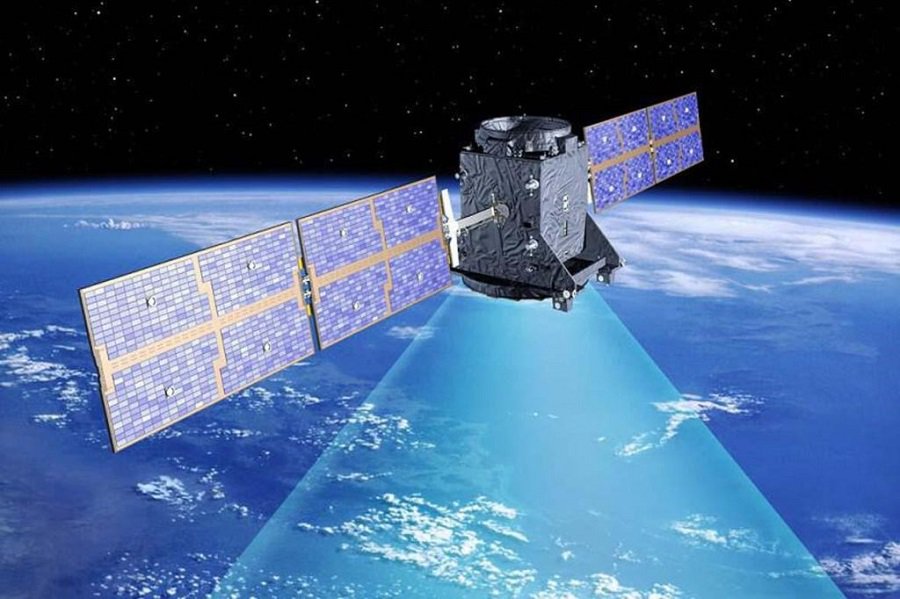ASTROSAT detected UV light from a galaxy, 9.3 billion light-years away
Pune based Inter-University Centre for Astronomy and Astrophysics confirmed that the AstroSat satellite has detected an extreme ultraviolet (UV) ray from a galaxy that is 9.3 billion light-years away from Earth.
What is ASTROSAT?
Astrosat is the first multi-wavelength space telescope launched by ISRO from Satish Dhawan Space Centre in 2015. It has a set of five unique X-ray and ultraviolet telescopes. The mission duration was planned for 5 years.
About the IUCAA led global team
- The discovery of UV light was conducted by a team that consists of scientists from India, Switzerland, France, the USA, Japan, and the Netherlands.
- The team was led by Dr. Kanak Saha.
- The news of the discovery was published in an online, peer-reviewed, scientific journal called “Nature Astronomy”.
- The team observed the galaxy that is located in the Hubble Extreme Deep Field.
Key findings could be made
It will help to find how the dark ages of the universe ended and transition in the light ages took place in the universe.
NASA’s previous approach
NASA’s Hubble Space Telescope was commissioned with the same objective as ASTROSAT but it failed to detect any UV emission. As reported by experts, the background noise in the ultraviolet detector of ASTROSAT is much less than that of the Hubble Space Telescope.
Month: Current Affairs - August, 2020


